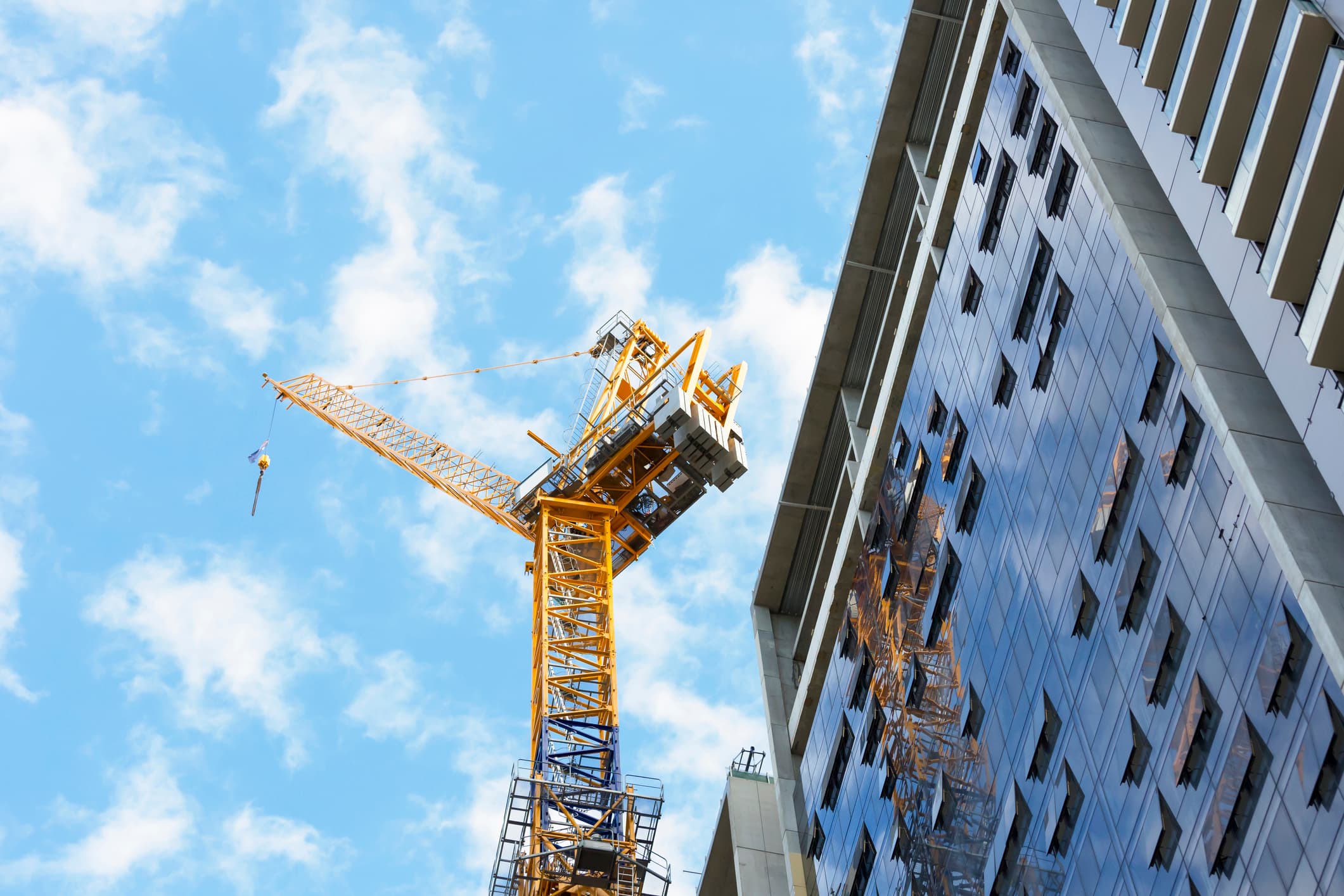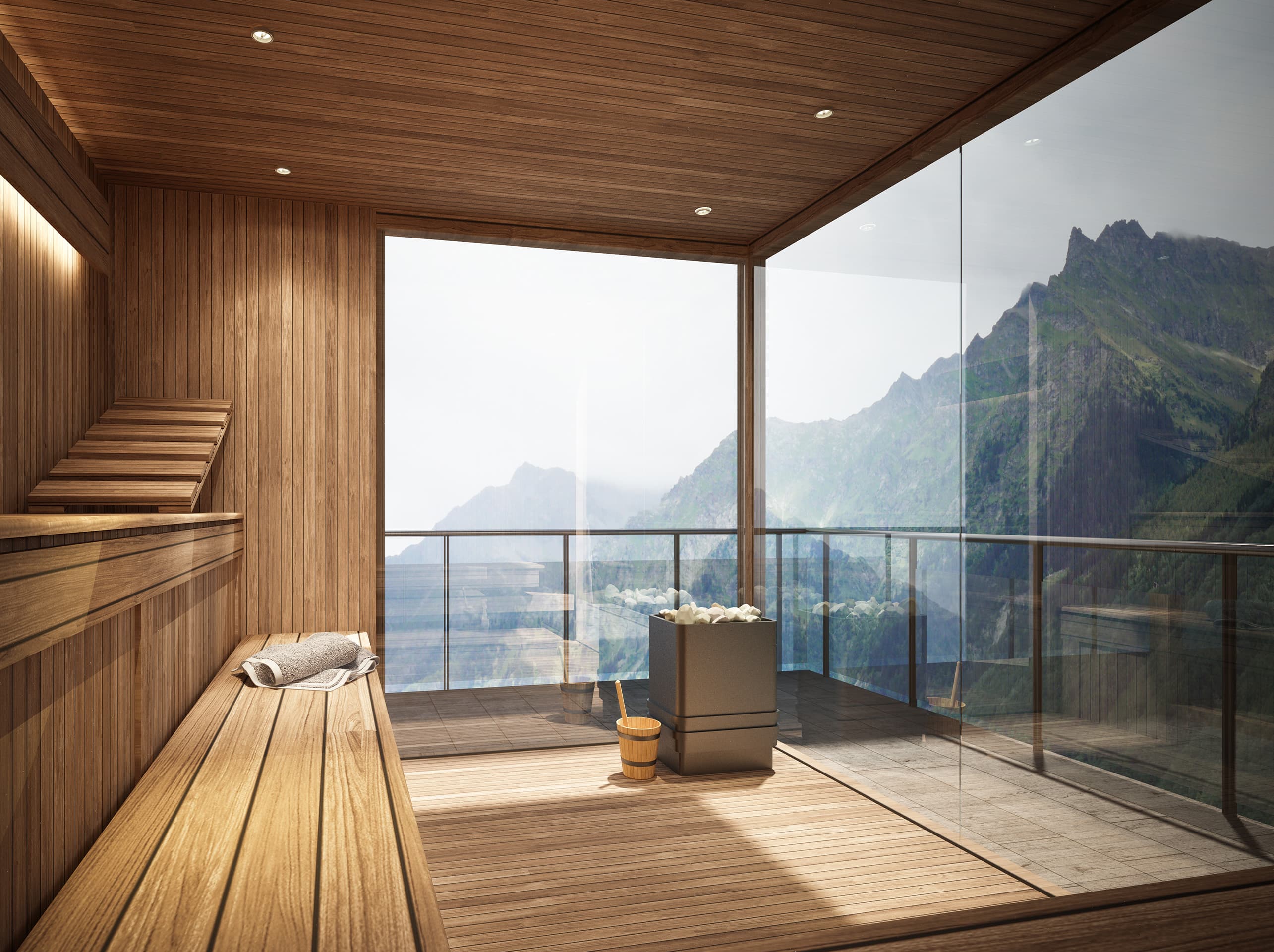Adaptive reuse - A shift in mindset, not just method
Reusing buildings sounds smart. But in a market driven by speed and cost, the case for adaptive reuse is complex.

Key highlights
Adaptive reuse isn’t a facelift — it’s a full reinvention with new risks and rewards
Successful projects depend on structure, location and a bold rethink of value
High-end markets are leading the charge, but suburban adaptive reuse offers untapped potential
Adaptive reuse only delivers when planning foresight, feasibility and carbon strategy align
London’s Tate Modern was a power station. The Musée d’Orsay in Paris was a train station. Berlin’s Tempelhof was an airport. And Sydney’s Carriageworks was a rail yard.
These iconic examples remind us that great cities have always reinvented their built fabric. Now Australia faces its own reckoning.
High construction costs, carbon constraints, circular economy policies, office vacancy rates and tight residential markets are forcing us to look at old buildings with fresh eyes.
Right now, the challenge is clear: Australia has too many empty offices and not enough homes. CBD office vacancy has crept up to 13.7%. Meanwhile, the national rental vacancy rate hovers at the 1% mark. There’s a growing mismatch between surplus and shortage — and adaptive reuse is the obvious bridge.
Reuse is rising – but not everywhere
Adaptive reuse is reshaping some of Australia’s most valuable postcodes.
At Rushcutters Bay, the former Vibe Hotel has been reimagined as a $300 million collection of luxury apartments with rooftop views across Sydney Harbour. In North Sydney, a development application is in play at 8 West Street to transform an ageing commercial tower into new apartments. Just around the corner on Berry Street, a 14-storey office building is being reinvented as a 249-room hotel.
These three examples show the possibilities — but only when the numbers, the neighbourhood and the bones of the building align.
New purpose, not just new polish
Upgrading an office lobby, giving the façade a facelift or adding end-of-trip facilities isn’t adaptive reuse. That’s a refresh, not a rethink. Adaptive reuse means repurposing an existing building for a new use entirely — hotel to homes, office to aged care, warehouse to school.
Office occupiers are undeniably chasing modern, flexible, sustainable workspaces that foster collaboration and productivity. The “flight to quality” is a permanent phenomenon. Premium upgrades might please tenants — but they don’t unlock new uses. Adaptive reuse demands a different question: not ‘how can we improve it?’ but ‘what else could it be?’ Thinking differently about the asset starts not with finishes, but with feasibility.
The difference is ambition. Surface upgrades chase short-term returns. Adaptive reuse bets on long-term reinvention.
Property type | New build | Adaptive reuse | Variance |
|---|---|---|---|
BTS (Build to Sell)* | $ 5,400 | $ 5,500 | +2 % |
Student Accommodation** | $ 4,750 | $ 4,200 | -12 % |
Hotel** | $ 7,500 | $ 6,800 | -9 % |
Aged Care | $ 4,600 | $ 4,750 | +3 % |
Educational (3rd level) | $ 7,100 | $ 6,500 | -9 % |
Source: Altus Group
*The rates for BTS reflect higher-end BTS product.
**Does not include furniture and equipment.
Note: These figures are general, and individual projects and asset classes may have dramatically different spreads of costs.
Reuse ≠ easy
Adaptive reuse isn’t a shortcut. It demands complex structural work and a healthy tolerance for surprises hidden behind walls and under slabs. The biggest risk in new builds is in the ground. With all adaptive reuse, it’s what you find once you start pulling things apart.
Residential conversions face physical constraints — from slab thickness to floor-to-floor heights to the location of the building core. B- and C-grade office buildings, often with awkward internal columns, rarely line up with the apartment layouts needed to meet modern standards.
And then there’s the risks of asbestos, weak concrete and unexpected reinforcement all waiting to be discovered when the stripping back begins.
In some cases, adaptive reuse is the only option that stacks up – particularly when planning overlays or heritage protections rule out a knock-down rebuild.
Adaptive reuse rarely shaves time off the build — and often adds uncertainty. So why do it?
Time is money – and carbon
Adaptive reuse might not slash construction times. But when the constraints are known and the approvals align, it can fast-track planning and procurement time, avoid demolition delays and reduce demand for key trades. That matters in the race to bring new stock to market.
Then there’s the carbon equation. Up to 80% of a building’s lifetime emissions are locked into the materials used to build it. Keep the structure, keep the carbon.
All three tiers of Australia’s government are exploring the role of adaptive reuse in accelerating the circular economy:
National: The federal government’s Circular Economy Framework aims to double Australia’s material circularity by 2035, with adaptive reuse a central pillar of the strategy.
State: The NSW Government’s Sustainable Buildings SEPP requires disclosure of embodied carbon emissions during the development application and construction certificate stages, shining a spotlight on materials reuse.
Local: The City of Sydney’s Circular Economy Statement notes construction and demolition waste as the single largest waste stream in the local government area.
The implication? Projects that can prove their carbon advantage – and their planning efficiency – are more likely to move faster, attract support and earn public trust.
Rethinking returns and risks
Ironically, the same planning levers designed to encourage density can make demolition more attractive than reuse. Relaxed height limits in some cities make knock-down rebuilds of old office towers more profitable than preservation.
This raises a bigger question: if most office tower conversions only make sense at the high end – and then only in some circumstances – what’s the opportunity in the suburbs?
While we won’t find as many high-rise offices, adaptive reuse can take shape in many other ways. Sydney’s Marrickville Library makes good use of a heritage-listed hospital. Greenway Views transformed a low-slung federal government office in suburban Canberra into a state-of-the-art retirement village. And Adelaide’s shuttered Clipsal factory became a vibrant community hub for the Bowden development.
What this tells us is clear: adaptive reuse requires a new mindset. Not just in architecture and engineering, but in development strategy and decision-making.
It means asking: Can this asset serve a new purpose for the next 50 years? And if so, how do we make it happen?
Our challenge is to see potential not just in property, but in permanence. In a market shaped by carbon, constraint and community expectation, the decision to preserve could define not just the next deal, but the future shape of our cities.
Want to be notified of our new and relevant CRE content, articles and events?
Author

Niall McSweeney
Head of Development Advisory, Asia-Pacific
Author

Niall McSweeney
Head of Development Advisory, Asia-Pacific
Resources
Latest insights



Jan 9, 2025
Building the future - Key trends shaping Australia’s construction industry in 2025



